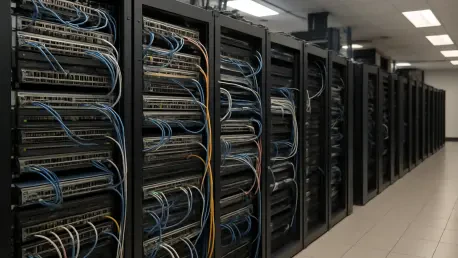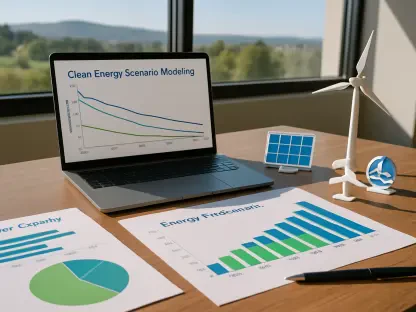A legislative event focusing on Texas’s strategic response to balancing data center growth with grid reliability took center stage as industry experts, lawmakers, and key stakeholders gathered to discuss the implications of Senate Bill 6 (SB 6). With the state’s electric grid demand projected to escalate significantly, Texas aims to tether its burgeoning data center industry to effective grid management while ensuring equitable cost distribution among stakeholders.
Legislative Efforts Addressing Data Center Expansion
The event emphasized Texas’s legislative initiatives, notably SB 6, designed to manage the interconnection of large loads like data centers to the Electric Reliability Council of Texas (ERCOT) grid. Leaders such as Lt. Gov. Dan Patrick and Gov. Greg Abbott emphasized a business-friendly climate, acknowledging challenges in grid reliability and fair cost allocation. The legislation sets forth protocols for demand curtailment for certain loads and transparency in interconnection processes, aiming to avert stranded infrastructure burdens.
Air was filled with discussions on the implications of SB 6, acknowledging its role as a catalyst for smoother interconnection procedures. Stakeholders pondered the challenges posed by speculative interconnection requests, a topic punctuated by concerns over forecasting accuracy. Rapid data center construction necessitates strategic planning, making the legislative action both timely and significant.
In-Depth Analysis of Legislative Discussions
In-depth legislative discussions revolved around managing energy grid needs in Texas amidst data center growth. Sessions highlighted both supportive and critical perspectives on SB 6, offering a balanced portrayal of its anticipated impact. Leaders and industry experts shared insights into grid management dynamics, stressing the importance of a comprehensive approach that reflects Texas’s long-term vision.
Key arguments from the discussions centered on ensuring that the legislative measures facilitate business growth without compromising the stability of the grid. Proposals encouraged accountability among developers, particularly through cost contributions and structured interconnection processes, indirectly reducing the risk of stranded infrastructure.
Expert Panel Discussions and Workshops
Panel discussions showcased varied perspectives on the intersection of business expansion and grid reliability, with a focus on maintaining fiscal responsibility. Industry experts delved into balancing transmission needs against financial feasibility, emphasizing the need for a considerate cost allocation approach influencing consumer financial burdens.
The event also featured stakeholder workshops that fostered interaction, allowing attendees to engage with the legislative content in practical ways. Workshops concentrated on refining strategies to balance business needs with grid reliability, offering participants tangible learning opportunities.
Showcasing Product Innovations
Amidst the event, numerous product demonstrations highlighted advancements in data center operations and grid management technology. These innovations, pivotal in enhancing grid reliability and energy efficiency, provided attendees with a glimpse into the future of Texas’s energy landscape. Solutions showcased offered promising prospects for integrating state-of-the-art technology with infrastructure systems, fortifying Texas’s position as an energy leader.
Impact and Future Considerations
The event underscored the significant role of SB 6 in shaping Texas’s approach to managing its growing data center industry. By setting robust financial and procedural standards, the legislation aims to strike a balance between business development and grid stability. It portends a promising model for navigating the complexities of economic growth within the energy sector.
Discussions revealed a common understanding among stakeholders that methodical planning and equitable cost-sharing are essential to sustaining Texas’s energy future. As Texas continues to confront the need for dynamic grid management solutions, it sets a precedent for other states grappling with similar challenges, anticipating an energy infrastructure landscape that embraces both stability and growth.









